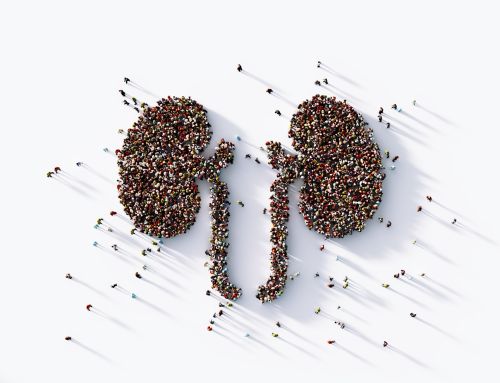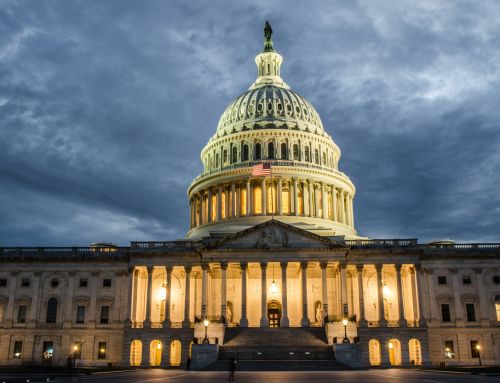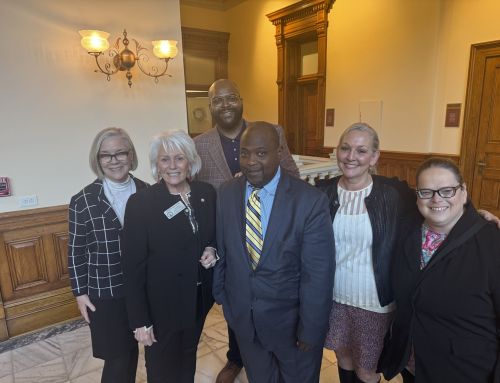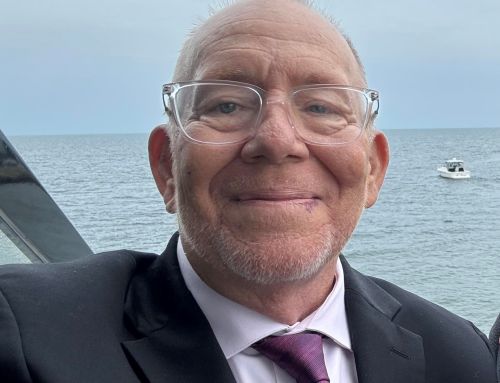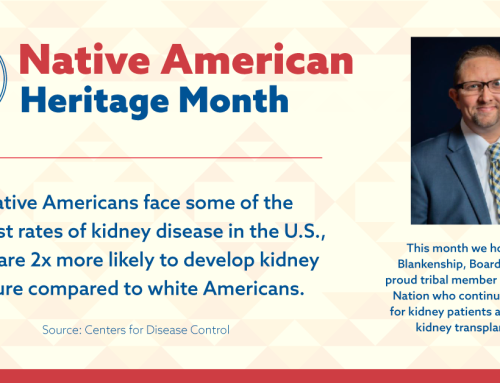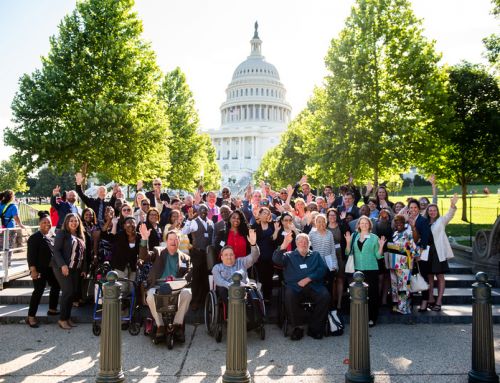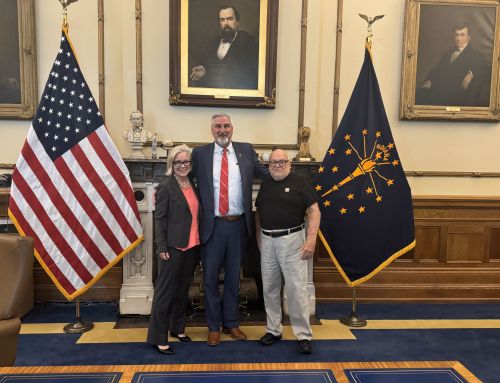Recent research and journalism has highlighted significant variations in the ability of regional Organ Procurement Organizations (OPOs) to obtain donor organs for transplants. An analysis by researchers at the University of Pennsylvania rated 35 of 58 OPOs, and identified the best performers among them the OPOs serving Utah and Southern Idaho; Pennsylvania, West Virginia and Delaware; the Finger Lakes region of New York; Wisconsin; and Nebraska. The poorest performing were those serving the New York City region; Southern California; Kentucky; and North Carolina. The New York City OPO’s poor performance was highlighted in a New York Times article last week.
Three Main Entities for Successful Organ Transplantation
The Penn researchers note that “Aside from the generosity of the donor and the donor’s next‐of‐kin, the success of organ transplantation relies on three main entities: donor hospitals who identify and refer potential donors to the organ procurement organization (OPO), transplant centers who decide which organs to transplant, and OPOs that are responsible for coordinating the complex multi‐step process of organ donation, procurement, and distribution, including obtaining donation authorization and managing potential donors.”
US Hospital Deaths Resulting in Organ Transplant
The Penn analysis looked at the State Inpatient Databases that contain information about nearly every death that occurs in US hospitals. By using these records to identify patients who died while on ventilators and did not have conditions (like sepsis or multiple organ system failure) that preclude organ donation, the researchers determined that approximately 24,000 people die each year whose organs could be transplanted, yet only 31% of those deaths result in an organ transplant.
The Impact of Additional Organ Donors and Variability of Organ Procurement Organization Performance
The authors concluded that “our data demonstrates that thousands of people eligible to become a deceased‐organ donor every year never realize that opportunity. Efforts to improve donation rates and maximize OPO performance would save more lives, and substantial savings in governmental healthcare expenditures as Medicare is the largest payer of dialysis, and kidney transplants yield average cost savings at $60,000/year compared to remaining on dialysis. The system of organ donation is not operating at utmost efficiency. Donation rates and OPO performance vary across the US and are not related to the differences in the causes of death or the underlying race/ethnicity of the population, despite what has been promulgated as the explanation for low donation rates in certain parts of the country.”







